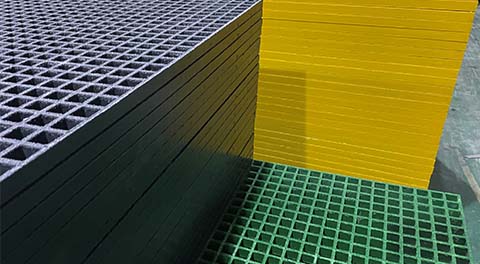loading...
- No. 9, Xingyuan South Street, Dongwaihuan Road, Zaoqiang County, Hengshui, Hebei, China
- admin@zjcomposites.com
- +86 15097380338
- Welcome to visit our website!
Design and Functionality of Advanced Carbon Filter Vessels for Water Purification Systems
Understanding Carbon Filter Vessels Essential Tools for Water and Air Purification
In recent years, the importance of maintaining clean air and water has gained significant attention as environmental concerns have risen to the forefront of public discourse. Among the various solutions available for achieving high levels of purification, carbon filter vessels have emerged as effective tools for both air and water treatment. This article explores the mechanics, benefits, and applications of carbon filter vessels, highlighting their crucial role in promoting a healthier living environment.
What is a Carbon Filter Vessel?
A carbon filter vessel is a container designed to hold activated carbon, a highly porous material that is processed to have a large surface area for adsorption. The primary function of these vessels is to remove impurities and contaminants from gases or liquids by trapping them on the surface of the activated carbon particles. This process, known as adsorption, allows harmful substances to adhere to the carbon, effectively filtering them out of the air or water.
How Do Carbon Filter Vessels Work?
The operational mechanism of a carbon filter vessel is relatively straightforward. When air or water flows through the vessel, contaminants come into contact with the surface of the activated carbon. Due to the unique properties of activated carbon, such as its large surface area and high porosity, a significant number of contaminants can be captured. The effectiveness of a carbon filter vessel largely depends on factors such as the quality of the activated carbon, the flow rate of the liquid or gas, and the characteristics of the contaminants being filtered.
In most applications, these vessels are designed to be easily replaceable or regenerable. As activated carbon has a finite adsorption capacity, it eventually becomes saturated with impurities. At this point, the carbon can either be replaced with new material or regenerated through a process that involves heating it to remove adsorbed substances, allowing it to be reused.
Benefits of Using Carbon Filter Vessels
carbon filter vessel

1. Effective Contaminant Removal Carbon filter vessels are well-known for their ability to eliminate a wide range of impurities, including volatile organic compounds (VOCs), chlorine, heavy metals, and even certain bacteria and viruses. This makes them suitable for both industrial and residential applications.
2. Cost-Effective Solution Compared to other filtration technologies, carbon filtration is often more affordable and easier to implement. The initial investment in carbon filter vessels tends to be low, and routine maintenance is simple, leading to long-term savings.
3. Environmental Friendliness Activated carbon is derived from natural materials such as coconut shells, wood, and peat. The use of carbon filters can reduce the need for chemical treatments, making them a more environmentally friendly choice.
4. Versatility Carbon filter vessels can be utilized in various applications, ranging from water treatment plants to air purification systems in homes and offices. Their versatility makes them suitable for different environments and requirements.
Applications of Carbon Filter Vessels
The applications of carbon filter vessels are vast. In water treatment, they are commonly used to purify drinking water, ensuring safety and compliance with health standards. In air purification, carbon filters play a critical role in improving indoor air quality by removing odors and harmful pollutants. They are also widely used in industrial processes to control emissions and reduce environmental impact.
Conclusion
In summary, carbon filter vessels are essential tools for maintaining clean air and water. Their ability to effectively remove contaminants, coupled with their cost efficiency and environmental benefits, makes them a preferred choice in various applications. As we strive for a cleaner and healthier environment, the significance of carbon filter vessels will only continue to grow, paving the way for innovations in purification technologies. By understanding and utilizing these vessels, we can contribute to a sustainable future and promote overall well-being.
-
Premium FRP Handrail for All ApplicationsNewsAug.29,2025
-
Low Maintenance FRP Mini Mesh Grating ProductsNewsAug.29,2025
-
Innovative FRP Square Tubes for Modern Industrial SolutionsNewsAug.29,2025
-
FRP Water Storage Tanks Wholesale Solutions for Bulk BuyersNewsAug.29,2025
-
FRP Molded Grating Solutions for Diverse Industrial ApplicationsNewsAug.29,2025
-
Construction Advancements Through FRP Pultruded ProfilesNewsAug.29,2025
-
Why Choose FRP Railings, Guardrails, and Handrail Systems?NewsAug.29,2025
